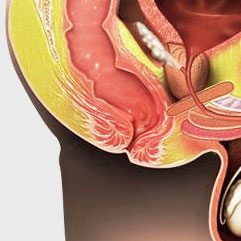
Hemorrhoids are masses or lumps formed due to swollen blood vessels inside or outside the rectum. In severe stages these hemorrhoids may become infected or may protrude into the anus (prolapsed hemorrhoid) and require surgical removal or treatment. The procedure used to treat or remove the hemorrhoids is termed as hemorrhoidectomy.
Hemorrhoidectomy is performed on local anesthetic and can be performed in different ways.
- Closed hemorrhoidectomy: this procedure is used for removal of internal hemorrhoids. During the procedure your doctor uses sharp instruments such as scissors or scalpels to remove the hemorrhoids and the wound is sealed with absorbable sutures. This procedure may be associated with complications such as wound infection, bleeding, fecal incontinence and anal strictures.
- Open hemorrhoidectomy: this procedure is very similar to that of the closed hemorrhoidectomy except that the wound is not closed. This procedure is performed if wound closure is difficult due to the location and if the risk of infection is higher.
- Stapled hemorrhoidectomy: this procedure is used for hemorrhoids which have prolapsed hemorrhoids. During the procedure your surgeon uses a circular stapling device to cut off the excessive hemorrhoid tissue and lifting the hemorrhoid back to their position within the rectum. This process also stops blood supply to the hemorrhoids so that they shrink and dissolve.
- Rubber band ligation: a rubber band is used to cut off blood supply to the hemorrhoids and hence they disappear in a few days.






